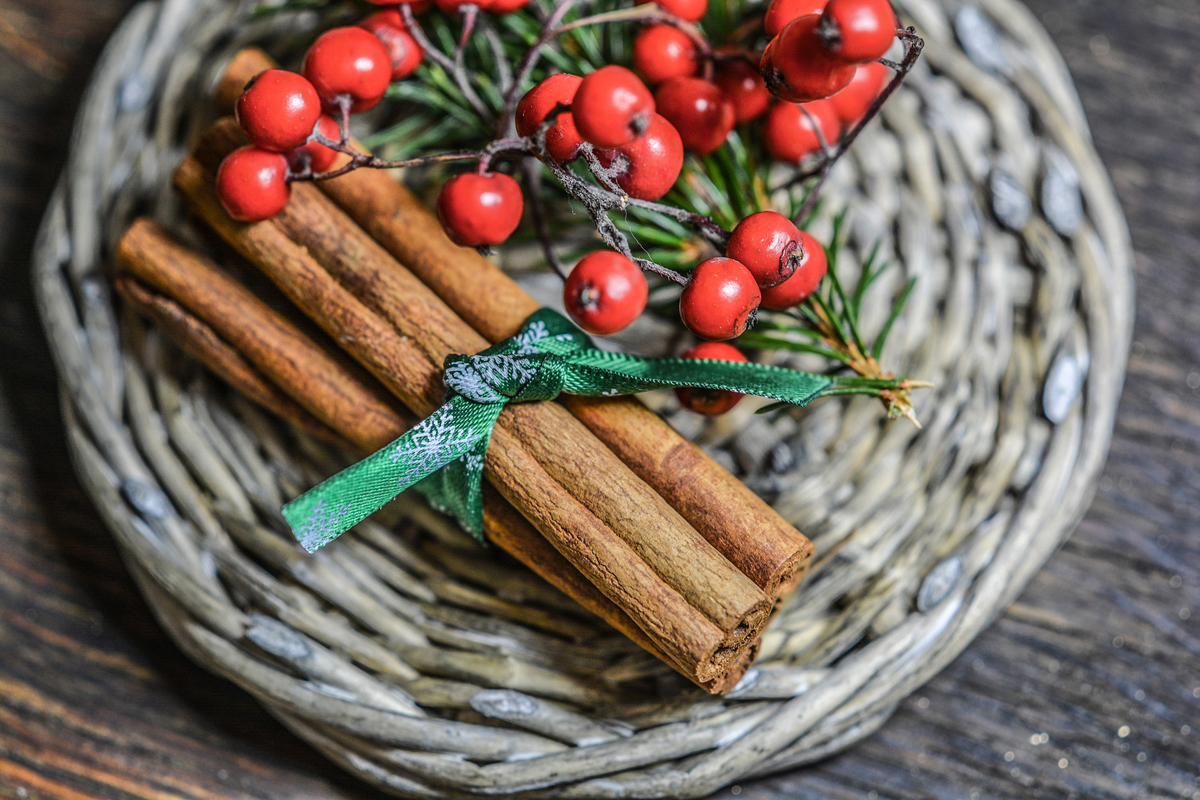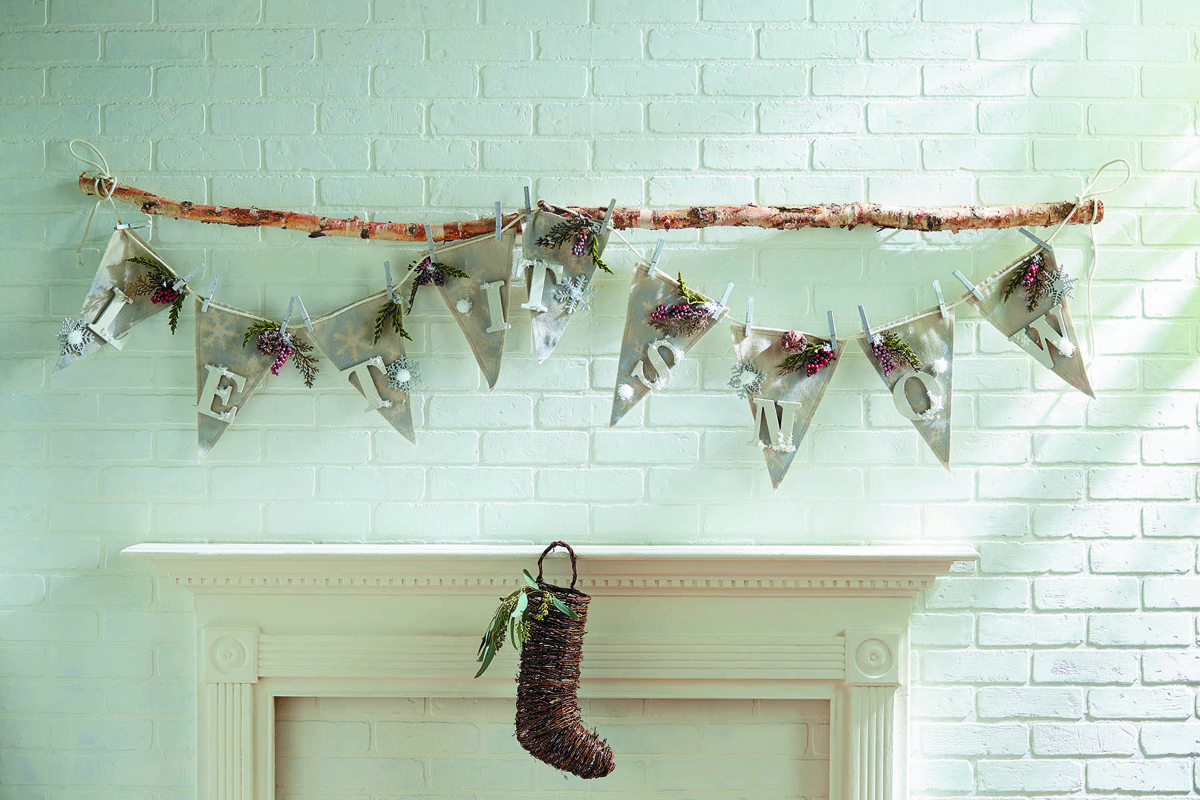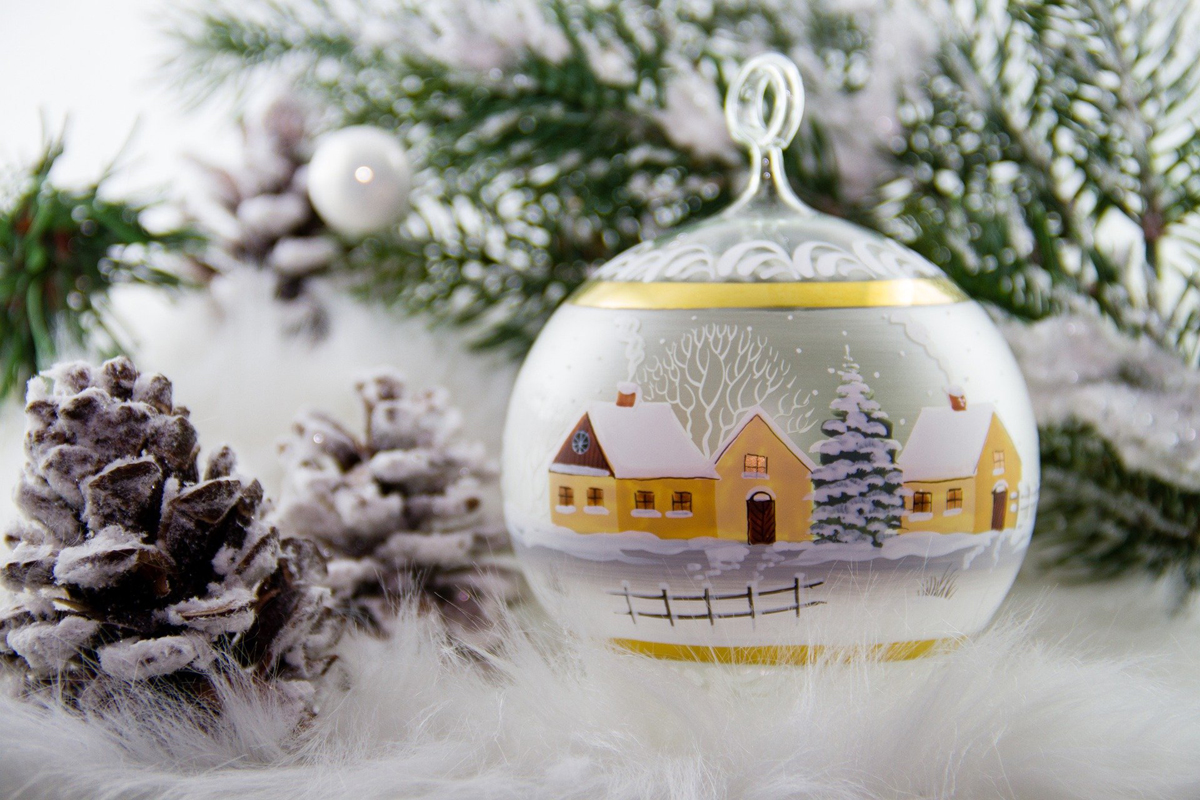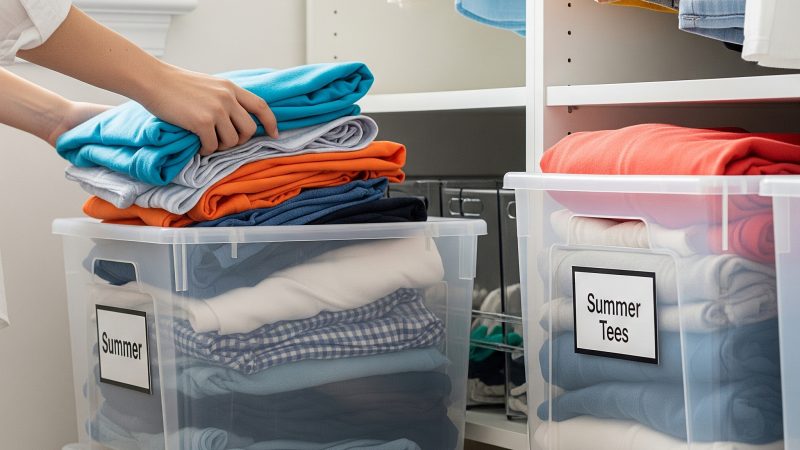How to Reduce Paint or Stain Fade on Fences
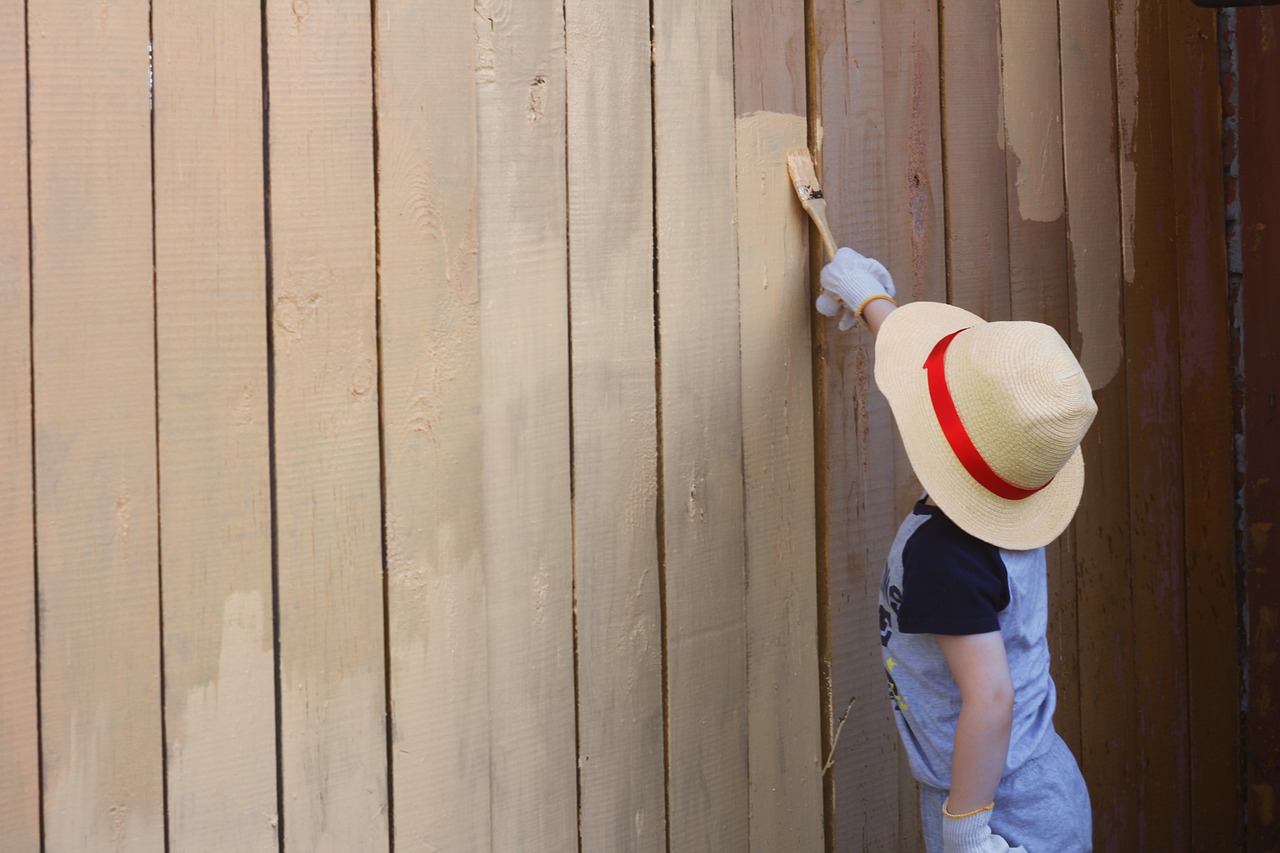
Wooden fences are particularly vulnerable to fading and flaking of paint or stain, regardless of whether they are built in open sun, full shade, the arid southwest or the humid northwest. However, there are a number of choices of materials that make that problem less of a concern.
Woods such as cedar contain lots of oils, that tend to repel moisture and insects, Consequently, if cost is less of a factor in your choice of woods, cedar is more viable than spruce, pine or fir. Be sure, though, that you are purchasing cedar, and not cedar-tone wood. For wood posts, choose treated four by four or six by six posts, either in brown or green treatment. This treatment delays the onset of wood rot.
Even when you have selected treated wood, though, you will need to reapply preservative periodically. For instance, on horizontal deck surfaces, you will need to re-coat every few years.
Conditions that are too dry, too moist, too cold, or too hot all impact on the lifespan of your fence treatments. That pretty well covers the entire continent!
Perhaps the harshest weather element is direct sunlight, which dries the woods rapidly. When applying a protective coating, it is critical that you do not apply paints or stains in direct, hot sunlight, as the temperature variations along the boards will cause the finish to penetrate and dry at uneven rates, or even to fail to penetrate at all. Applying stain or paint to wood that is wet will, likewise, not allow the product to penetrate adequately, although water-based paints and stains will integrate better than oil-based ones. Stains generally work better than paints on softwood materials, and last somewhat longer. However, they, too, will dry and powder out of the wood eventually. Varnish or lacquer applied to a fence is definitely not recommended, particularly where that varnished area will be exposed to a hot sun.
There are a variety of ways to reduce the rate at which paints fade on fences exposed to sunlight. Shade trees and bushes, grown at a distance away from the fence and blocking some of the hottest rays of the sun will increase the lifespan of the paint application. Wood preservatives and moisture repellents are great on horizontal surfaces. Be sure that you do not install reflective surfaces such as ponds or stainless steel barbecues so that light is reflected directly on the fence. Similarly, consider exterior blinds for windows that reflect the harsh sun directly on a fence surface.
Of course, even better solutions are available, if you choose to use materials that are pre-painted, or where the colour is impregnated into the materials. This includes aluminum products, resins and PVC fencing.
If wood is your only choice, however, recognize that, regardless of what surface application you use, eventually, you will be outdoors, sprayer, brush or roller in hand!
The Author:
Bob Lee provides regular tips on do-it-yourself projects and home handyman construction. In addition to his blogs written for Dr Post (http://drpostfences.blogspot.com), he writes personal blogs on his experiences with designing, building and living in a yurt (http://movingtoayurt.blogspot.com), rural development and on minimal living.
Photo. Atner



